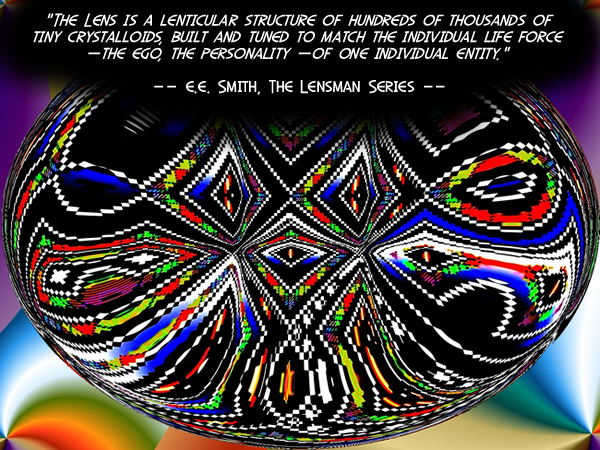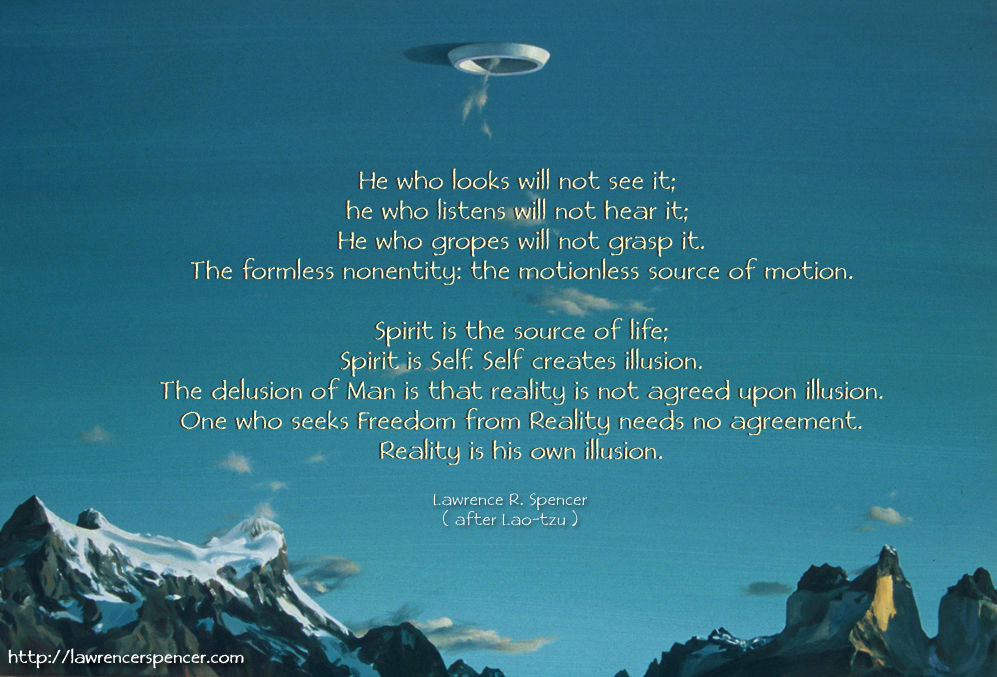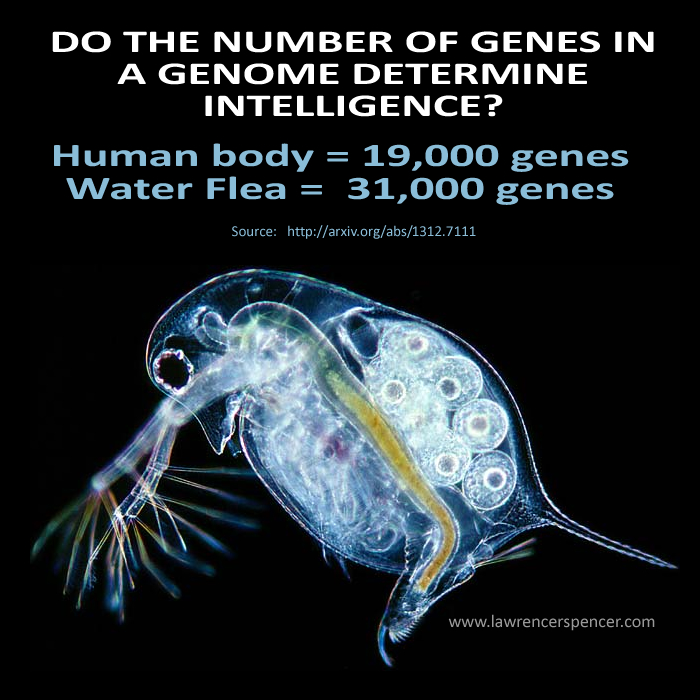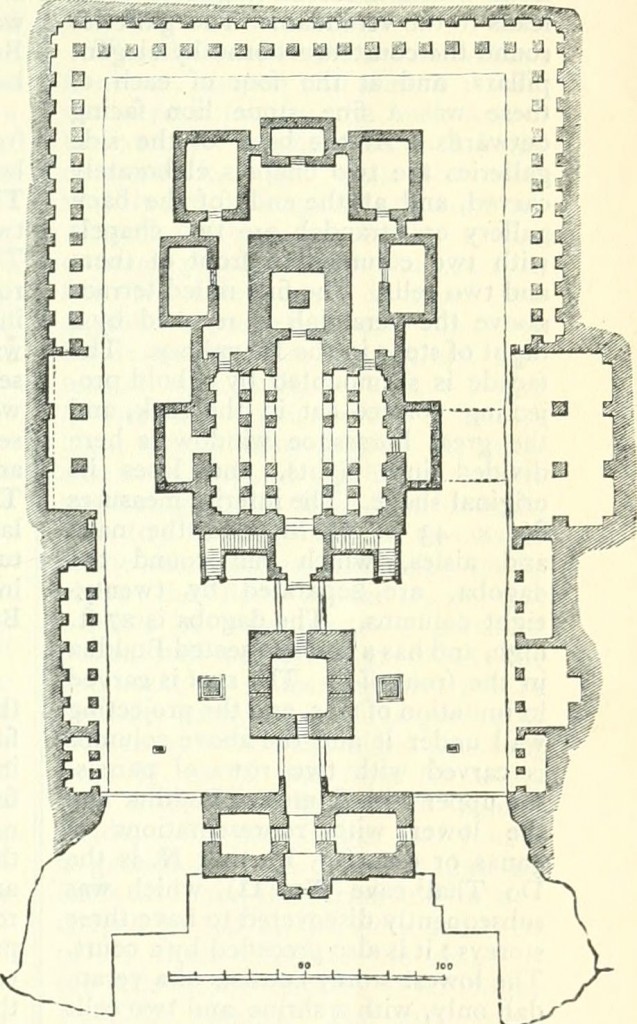Republished by Blog Post Promoter
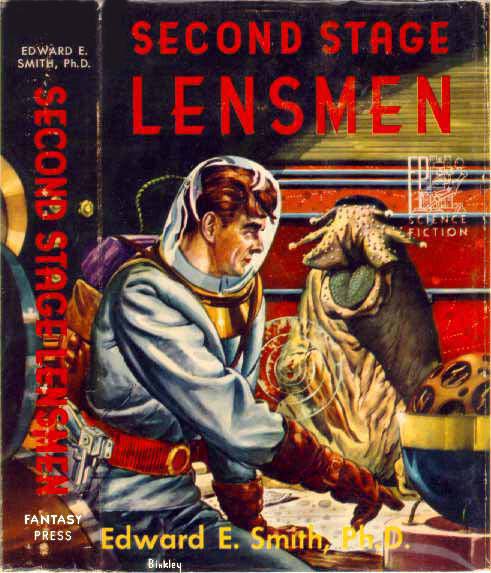
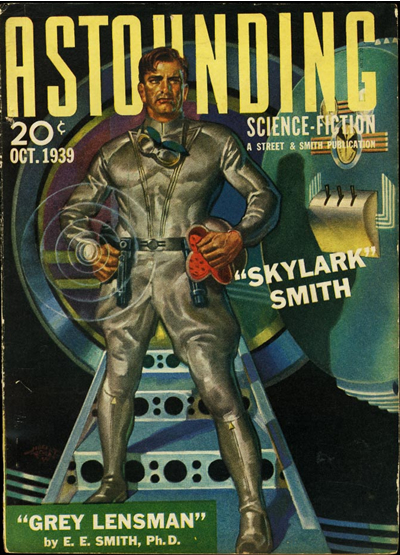
“The Lens is a lenticular structure of hundreds of thousands of tiny crystalloids, built and tuned to match the individual life force—the ego, the personality— of one individual entity. While not, strictly speaking, alive, it is endowed with a sort of pseudo-life by virtue of which it gives off a strong, characteristically-changing, polychromatic light as long as it is in circuit with the living mentality with which it is in synchronization. Conversely, when worn by anyone except its owner, it not only remains dark, but it kills; so strongly does its pseudo-life interfere with any life to which it is not attuned. It is also a telepathic communicator of astounding power and range—and other things.”
— E.E “Doc” Smith, from The Lensman Series
Personally, I think the Lensman Series written by E.E. “Doc” Smith during the 1930s and 1940s is the preeminent series of science fiction books ever published. These books were the genesis of what became knows as “space opera”. His books describe fictional events that occurred billions of years ago, and were the inspiration for Star Wars and a lot of science fiction that attempted to emulate his groundbreaking ideas. (“a long time ago, in a galaxy far away…”). The heroes and villains of his stories have “supernatural” spiritual powers and abilities which we attribute to “super-heroes” in modern literature. Doc Smith originated the concept of super-light-speeds, intergalactic travel, hyper-spacial tubes, vortexes of force, alien planets, intelligent anaerobic life forms, and “technobabble” — that is based more in fact than fantasy. The Lens, created by the progenitors of Humanity and Civilization (a race of disembodied entities know as the Arisians) purveyed the ability of telepathic communication and mental powers with the force to penetrate matter, kill, and conquer the enemies of Humanity (the Edorians). These novels are the ultimate “good guys vs bad guys” science-fiction action-adventure stories based in spiritual insights never matched by any other writers.
However, there are NO beings in any other literature I have read — before the 1930s or since — that are comparable: they are insuperable! If you have not read these books, I encourage you to indulge yourself in the greatest science fiction ever written!
— Lawrence R. Spencer, 2014

